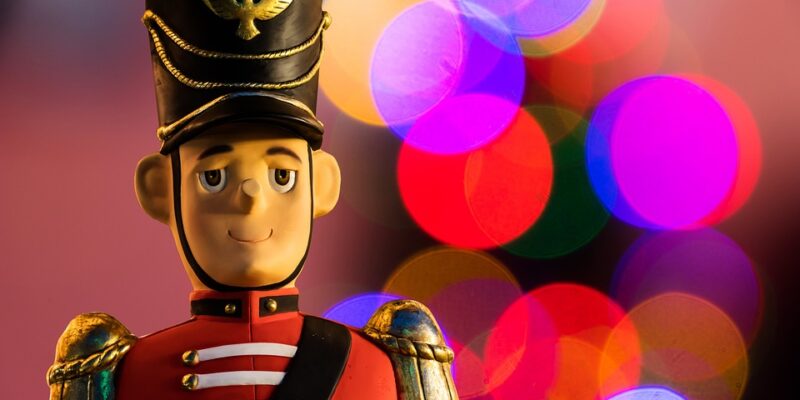The Evolution of Depictions of Genesis Figures in Art and Literature
Introduction
The Book of Genesis in the Bible contains some of the most well-known stories in Western culture, including the creation of the world, the fall of Adam and Eve, the story of Cain and Abel, and the Great Flood. These stories have inspired artists and writers for centuries, leading to a rich tradition of depictions of Genesis figures in art and literature. From the early Christian era to the present day, artists and writers have reimagined and interpreted these ancient stories in a variety of ways, reflecting changing cultural and religious perspectives.
Early Christian Depictions
In the early Christian era, artists began to depict Genesis figures in Christian contexts, using them to symbolize key theological concepts. For example, Adam and Eve were often depicted in scenes of the Fall, with the serpent representing sin and temptation. This symbolic interpretation of the Genesis stories continued throughout the Middle Ages and the Renaissance, with artists such as Michelangelo and Raphael creating iconic images of these figures.
Renaissance and Baroque Depictions
During the Renaissance and Baroque periods, artists continued to explore the themes of sin, redemption, and salvation through their depictions of Genesis figures. The Fall of Adam and Eve became a popular subject for artists, with dramatic depictions of the expulsion from the Garden of Eden and the consequences of their disobedience. Artists also began to explore the idea of original sin and how it affected the human condition, leading to powerful and emotionally charged images of the Fall.
Enlightenment and Romantic Depictions
In the Enlightenment and Romantic periods, artists and writers began to question traditional religious interpretations of the Genesis stories, leading to new and innovative depictions of Genesis figures. For example, William Blake reimagined the story of Adam and Eve in his paintings, portraying them as tragic figures caught in a cycle of sin and redemption. Other artists, such as Francisco Goya and Eugene Delacroix, used the Genesis stories to explore themes of human suffering and the struggle for salvation.
Modern and Contemporary Depictions
In the modern and contemporary era, artists and writers have continued to reinterpret and reimagine the Genesis stories in new and exciting ways. For example, the feminist movement has inspired artists to create new interpretations of the story of Adam and Eve, highlighting the role of gender and power dynamics in the Fall. Other artists, such as Damien Hirst and Ai Weiwei, have used the Genesis stories to explore themes of mortality, corruption, and the fragility of life.
Conclusion
The depictions of Genesis figures in art and literature have evolved over the centuries, reflecting changing cultural and religious perspectives. From the early Christian era to the present day, artists and writers have used the stories of Genesis to explore themes of sin, redemption, and salvation, creating powerful and evocative images that continue to inspire and challenge audiences. By reimagining these ancient stories in new and innovative ways, artists and writers keep the tradition of depicting Genesis figures alive, ensuring that these timeless stories continue to resonate with audiences for generations to come.
